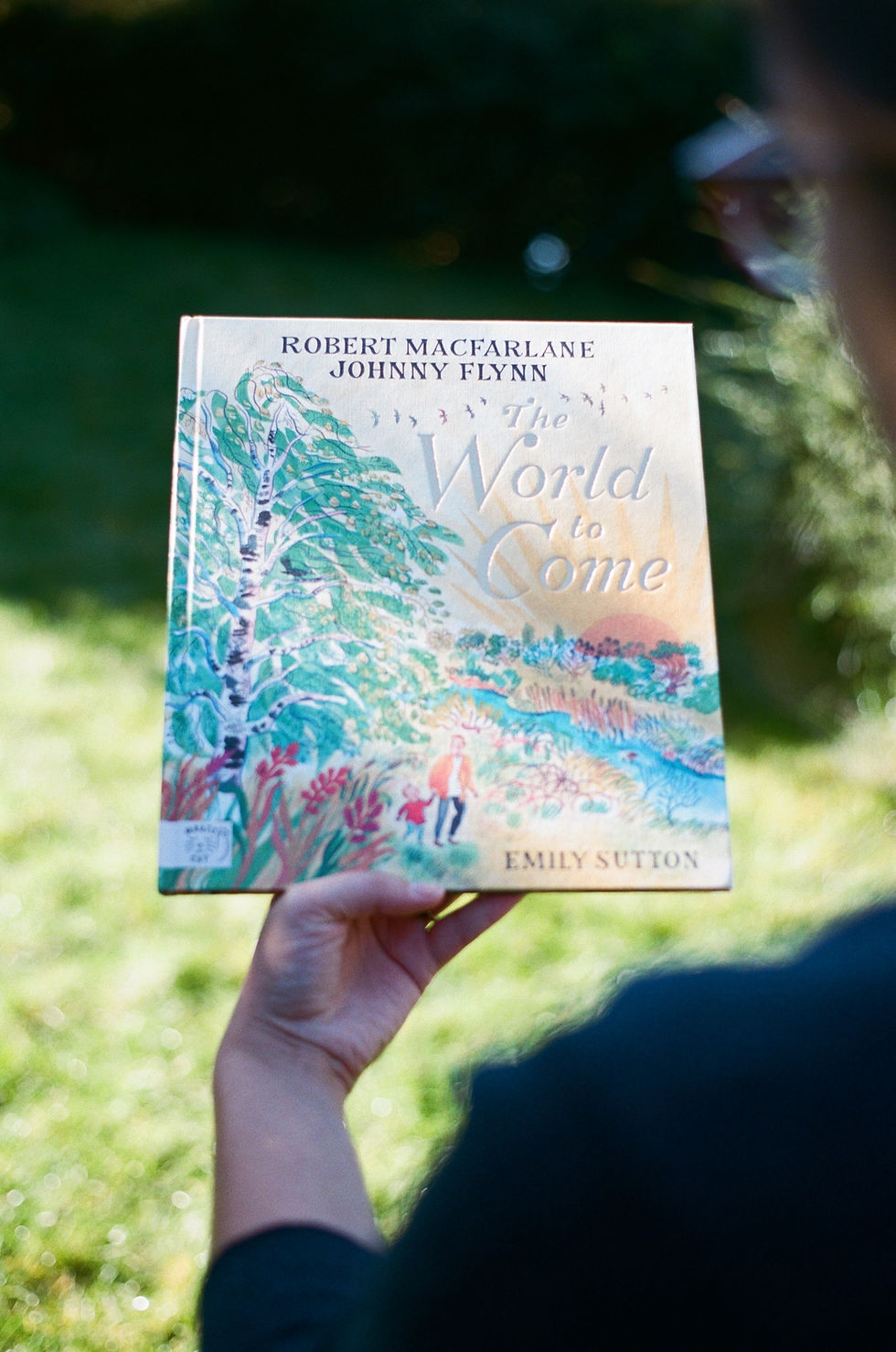Unearthing our Primitive Pottery
- Angus D. Birditt
- Jan 17, 2023
- 3 min read
Our next contribution to 'Stories within Our Isles' comes from Emily Phipps who is an artist, designer and medical doctor based in Oxfordshire. Emily works across various disciplines including ceramics, textiles and drawing. In the following contribution, Emily talks about her current project exploring primitive pottery techniques under the name, Saint Yors.

My experiences of the pandemic years left me feeling drained of creative energy, and so when physical spaces and events started opening up I was eager for the chance to reconnect. I wanted to create again, to explore new ways of making marks on the world. With a fresh eye I went to workshops, exhibitions and open studios, meeting people who created functional and beautiful things with materials from stone through to straw. I quickly discovered there was something about ceramics that caught my attention the most; my hands and mind felt completely at home working with clay, and it seemed there was endless potential for expression.
Eager to learn more, I spent time with local artists and craftspeople, both near my home in rural Oxfordshire and travelling to the South of France, trialling different techniques of hand-building forms and objects. I developed my own preference for creating without the use of tools, so that the marks of hands, fingertips and nails remained on the surface, retaining the connection between maker and material. I incorporated working with clay into my daily routine, content in spending my free time reproducing the ripe silhouettes of gourds taken from the fields, gardens and markets around me.
Wanting to continue limiting as much as possible any intervention from modern kilns and glazes, I was introduced to the technique of pit firing. Pit firing is an ancient method for baking clay, with examples still being found from primitive communities who used the process to harden vessels and other objects for function and artistry. A large pit is dug in the ground, and a bed of woodchip and logs laid out. Each clay piece is carefully wrapped in a swaddling of newspaper, slip, salts and organic materials and placed in the pit, which is set on fire and left to burn slowly. The chemical reactions that take place in the heat, alongside carbon deposits from the smoke itself, cover the surface of each piece in a unique array of colour and pattern. Once cooled, cleaned and polished with beeswax, they feel almost elemental, dug up directly from the earth itself.
There is something very symbolic to me about what pit firing represents: the heat and smoke sealing the cyclical bonds between maker, natural materials and the terrain they come from. Each time I carefully study the gourds to create a form, then separate out their skin, flesh and seeds, dry them in the sun and tuck around my pieces before firing. The dried shards of gourd leave smoke shadows on the surface, connecting all parts of the process into one.
To me, this interpretation mirrors the seasons of rural life. Clay is dug up from the land, coaxed gently into form, and then lain back in the ground to fire and harden. I think the experience of engaging mindfully with this is equally as important as the outcome of the finished piece itself. The time I have been able to take to learn these techniques has been an opportunity to carve out a new balance and a feeling of presence. Days spent using my hands, having direct contact with earth and other organic materials, has grounded me again.
Words by Emily Phipps & Photography by We Travel The Spaceways
.png)




.jpg)


.jpg)























Comments